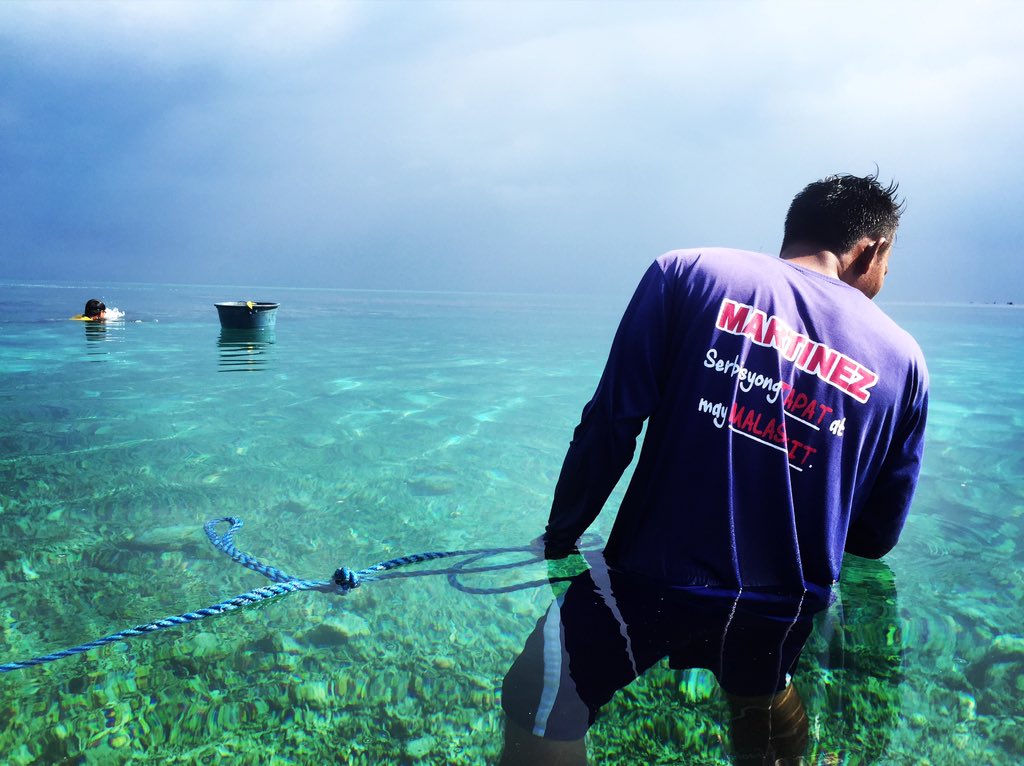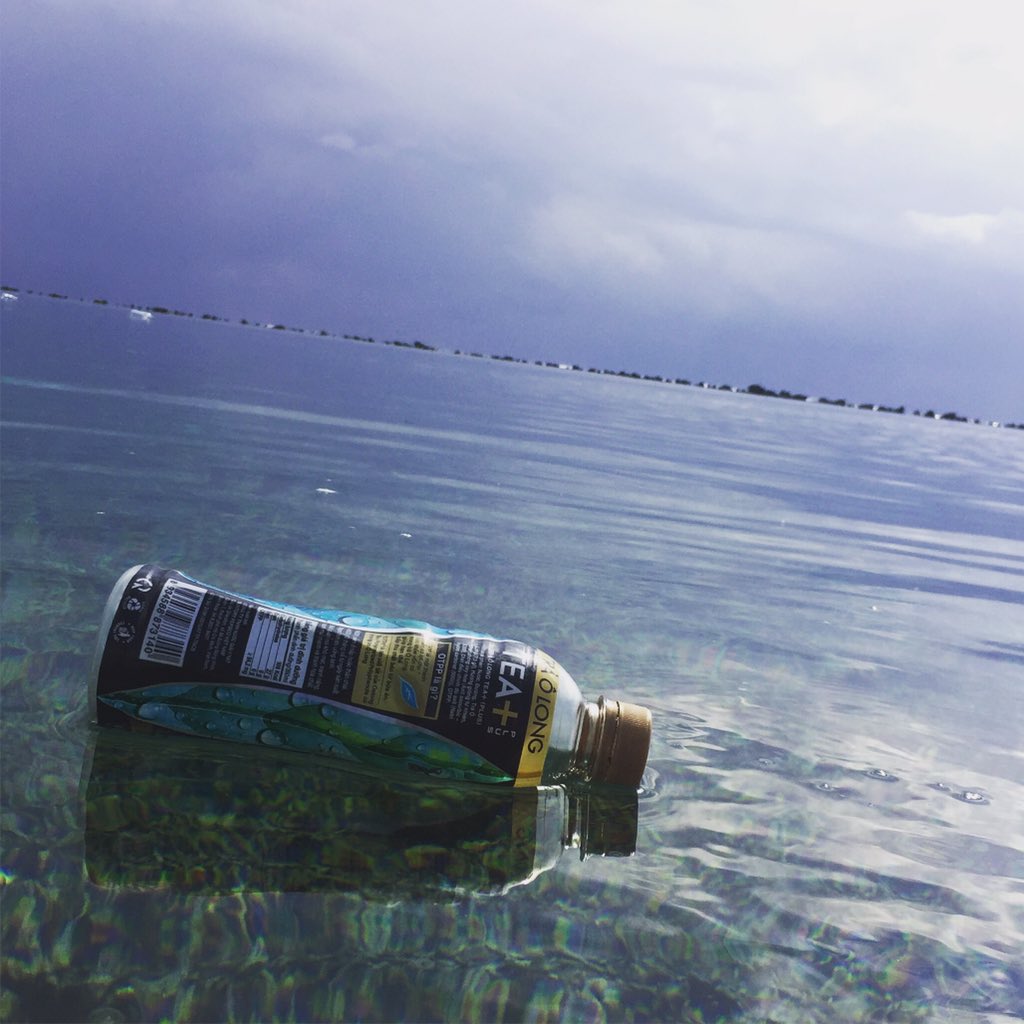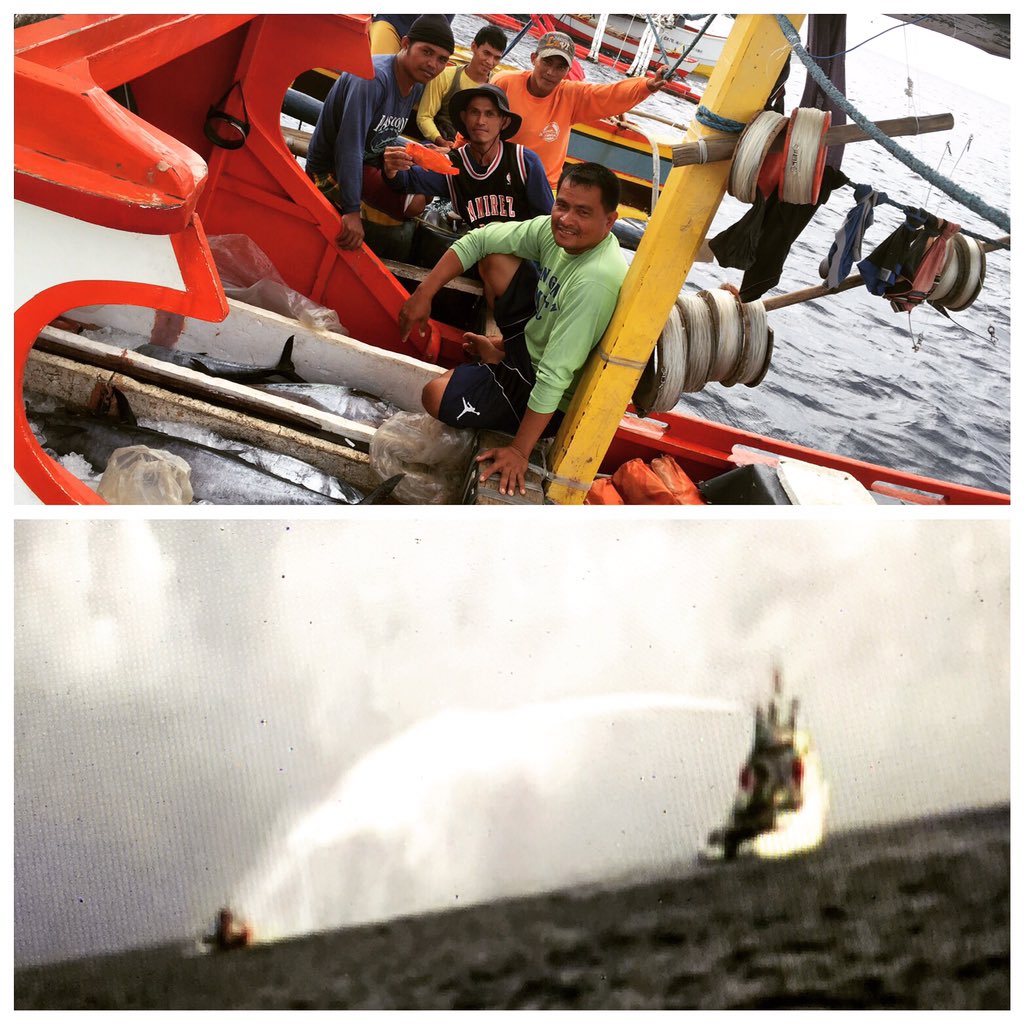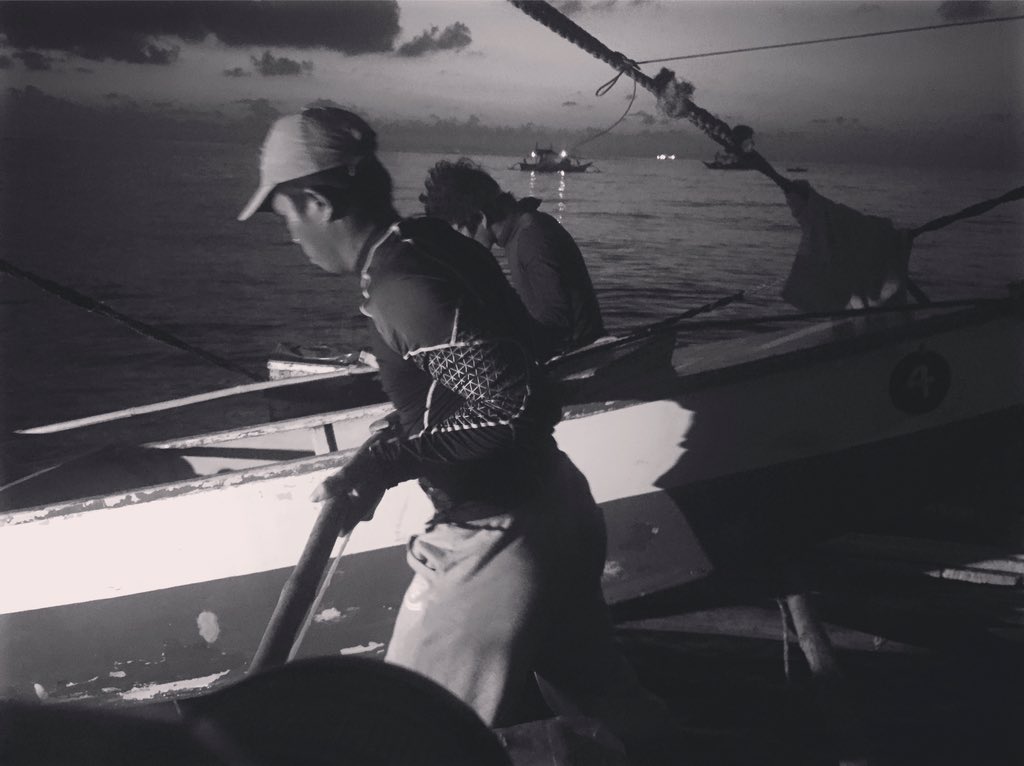LOOK: Pinoys catch fish in Scarborough Shoal | ABS-CBN
ADVERTISEMENT

Welcome, Kapamilya! We use cookies to improve your browsing experience. Continuing to use this site means you agree to our use of cookies. Tell me more!
LOOK: Pinoys catch fish in Scarborough Shoal
LOOK: Pinoys catch fish in Scarborough Shoal
ABS-CBN News
Published Nov 11, 2016 02:06 AM PHT
MANILA – Have you wondered what Scarborough Shoal looks like, now that Filipino fishermen are not being shooed away by the Chinese Coast Guard?
MANILA – Have you wondered what Scarborough Shoal looks like, now that Filipino fishermen are not being shooed away by the Chinese Coast Guard?
It has been a bittersweet homecoming for Filipino fishermen. While happy about the opportunity to continue to make a living, the scars of the past have not quite faded away.
It has been a bittersweet homecoming for Filipino fishermen. While happy about the opportunity to continue to make a living, the scars of the past have not quite faded away.
Only small boats are allowed to enter Scarborough Shoal, fishermen said, as bigger vessels are not allowed to come close. They are also limited to only about three hours, as small boats have to leave the area before low tide, to avoid getting stuck.
Only small boats are allowed to enter Scarborough Shoal, fishermen said, as bigger vessels are not allowed to come close. They are also limited to only about three hours, as small boats have to leave the area before low tide, to avoid getting stuck.
Take a look at these photos taken by ABS-CBN News' Chiara Zambrano, who accompanied the fishermen:
Take a look at these photos taken by ABS-CBN News' Chiara Zambrano, who accompanied the fishermen:
ADVERTISEMENT
ADVERTISEMENT
PH yet to experience peak of warm and dry season, PAGASA warns
PH yet to experience peak of warm and dry season, PAGASA warns
Despite the already sweltering conditions across the country, the state weather bureau PAGASA warned on Thursday that the peak of the dry season is yet to come.
Despite the already sweltering conditions across the country, the state weather bureau PAGASA warned on Thursday that the peak of the dry season is yet to come.
The prevailing weather system known as Easterlies continues to affect large parts of the country. This system brings warm and humid air from the Pacific Ocean, which is primarily responsible for the elevated temperature and heat index levels currently being recorded in various regions.
The prevailing weather system known as Easterlies continues to affect large parts of the country. This system brings warm and humid air from the Pacific Ocean, which is primarily responsible for the elevated temperature and heat index levels currently being recorded in various regions.
According to PAGASA, 28 areas across the country are expected to experience heat index levels classified under the “danger” category, ranging from 42 to 51 degrees Celsius.
According to PAGASA, 28 areas across the country are expected to experience heat index levels classified under the “danger” category, ranging from 42 to 51 degrees Celsius.
Heat index refers to the apparent temperature felt by the human body, which combines actual air temperature and humidity levels.
Heat index refers to the apparent temperature felt by the human body, which combines actual air temperature and humidity levels.
ADVERTISEMENT
"Iyong forecast po natin ngayong araw sa Metro Manila, possible po iyong 41 to 42 degrees Celsius. And then kung makikita po natin, ang pinakamataas na posibleng maitala ngayon araw ay 45 degrees Celsius dito po sa may Tuguegarao, Cagayan," said PAGASA weather specialist Chenel Dominguez.
"Iyong forecast po natin ngayong araw sa Metro Manila, possible po iyong 41 to 42 degrees Celsius. And then kung makikita po natin, ang pinakamataas na posibleng maitala ngayon araw ay 45 degrees Celsius dito po sa may Tuguegarao, Cagayan," said PAGASA weather specialist Chenel Dominguez.
Several provinces are also expected to endure extreme heat, particularly those in the Ilocos Region, Central Luzon, CALABARZON, MIMAROPA, Bicol Region, and Western and Central Visayas.
Several provinces are also expected to endure extreme heat, particularly those in the Ilocos Region, Central Luzon, CALABARZON, MIMAROPA, Bicol Region, and Western and Central Visayas.

But according to PAGASA, the current high temperatures could intensify further in the coming days and weeks.
But according to PAGASA, the current high temperatures could intensify further in the coming days and weeks.
"Sa nakikita po natin, patuloy pa rin tayong makakaranas ng mainit na panahon sa mga susunod na araw, linggo. Possible po umabot din po ito ng May. At hindi pa rin po ito iyong ng peak ng pinaka tag-init. Possible po makakaranas pa rin tayo ng mas mainit na panahon," Dominguez emphasized.
"Sa nakikita po natin, patuloy pa rin tayong makakaranas ng mainit na panahon sa mga susunod na araw, linggo. Possible po umabot din po ito ng May. At hindi pa rin po ito iyong ng peak ng pinaka tag-init. Possible po makakaranas pa rin tayo ng mas mainit na panahon," Dominguez emphasized.
Among those most affected by the oppressive heat are ride-hailing drivers, who spend long hours on the road and are constantly exposed to the sun.
Among those most affected by the oppressive heat are ride-hailing drivers, who spend long hours on the road and are constantly exposed to the sun.
ADVERTISEMENT
"Ako madalas, kapag talagang sobrang init, ang ginagawa ko, inuuwi ko na lang. Safety na lang din," shared one ride-hailing driver.
"Ako madalas, kapag talagang sobrang init, ang ginagawa ko, inuuwi ko na lang. Safety na lang din," shared one ride-hailing driver.
"Dapat talaga lagi kang may baong tubig para at least mapawi ang init, iyong pagod. Kailangan talaga hindi ka mauhaw ng matagal. Kasi dapat hydrated ka palagi. Mahirap na atakihin ka bigla," the driver added.
"Dapat talaga lagi kang may baong tubig para at least mapawi ang init, iyong pagod. Kailangan talaga hindi ka mauhaw ng matagal. Kasi dapat hydrated ka palagi. Mahirap na atakihin ka bigla," the driver added.
Meanwhile, the intertropical convergence zone is expected to persist but will only affect parts of Mindanao.
Meanwhile, the intertropical convergence zone is expected to persist but will only affect parts of Mindanao.
PAGASA also noted that there are still no signs of the southwest monsoon or 'habagat' season, which typically signals the start of the rainy season.
PAGASA also noted that there are still no signs of the southwest monsoon or 'habagat' season, which typically signals the start of the rainy season.
The weather bureau continues to advise the public to stay hydrated, wear light-colored clothing, and avoid going outdoors unless necessary.
The weather bureau continues to advise the public to stay hydrated, wear light-colored clothing, and avoid going outdoors unless necessary.
ADVERTISEMENT
ADVERTISEMENT











